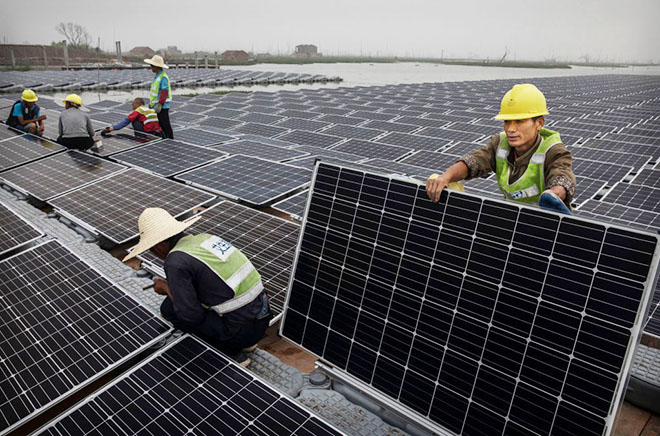

China's existing policies put its CO2 emissions on track to peak by the mid-2020s, ahead of its stated target of 2030, but Beijing has the capacity to accelerate its transition to clean energy sources and reach carbon neutrality before 2060, the IEA said today.
Existing targets in China's latest five-year plan for 2021-25, if met, will result in CO2 emissions from fuel consumption hitting a plateau in the middle of this decade and then undergoing a modest decline by 2030, the IEA said as it released a new report, An Energy Sector Roadmap to Carbon Neutrality in China.
The energy sector is responsible for almost 90pc of China's greenhouse gas emissions. The country's existing policies rely on energy efficiency, growth in renewables and cuts to coal use to achieve peak CO2 emissions by 2030. The current trajectory, in the IEA's Announced Pledges Scenario (APS), sees solar becoming the country's largest primary energy source by around 2045, while demand for coal, oil and natural gas fall by 80pc, 60pc and 45pc respectively by 2060 compared with last year.
Around one-fifth of China's electricity is used to generate hydrogen by 2060 in this scenario. The power sector achieves net-zero emissions by 2055, while coal's share drops from over 60pc now to just 5pc in 2060. Unabated coal use drops by 90pc and industrial sector emissions fall by 95pc by 2060, with the remainder offset by negative emissions in the power and fuel transformation sectors. Emerging technologies, such as hydrogen and carbon capture, utilisation and storage (CCUS), drive cuts to industrial emissions after 2030.
Guest post from Argus Media




